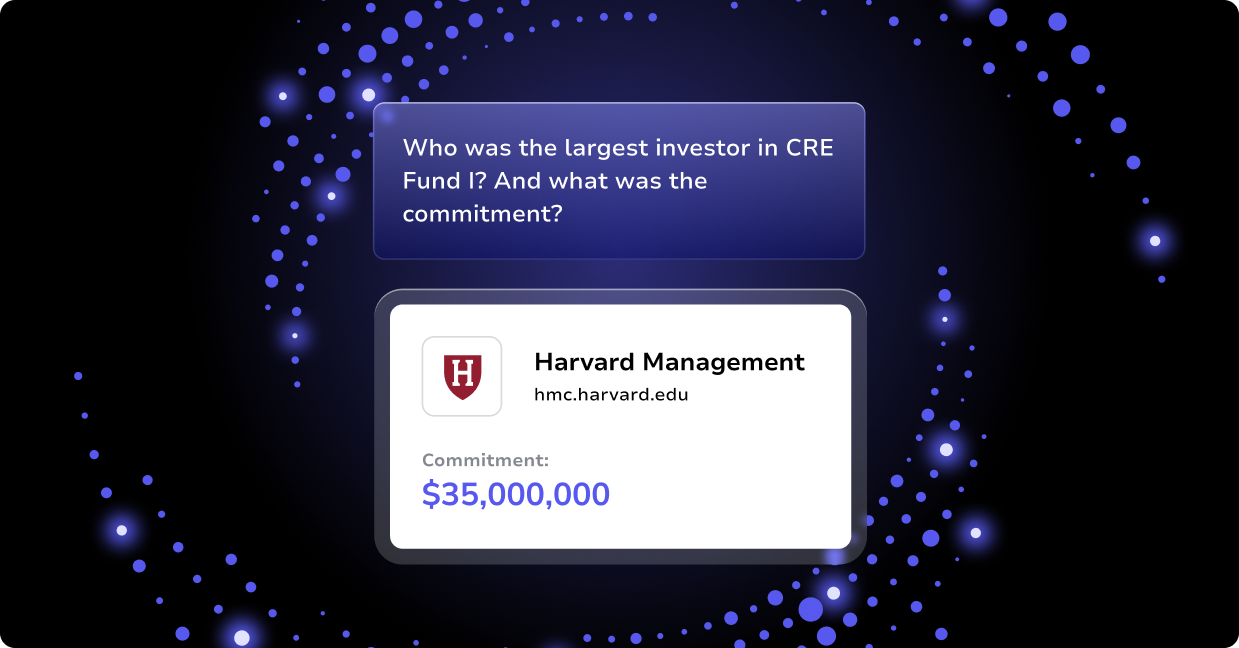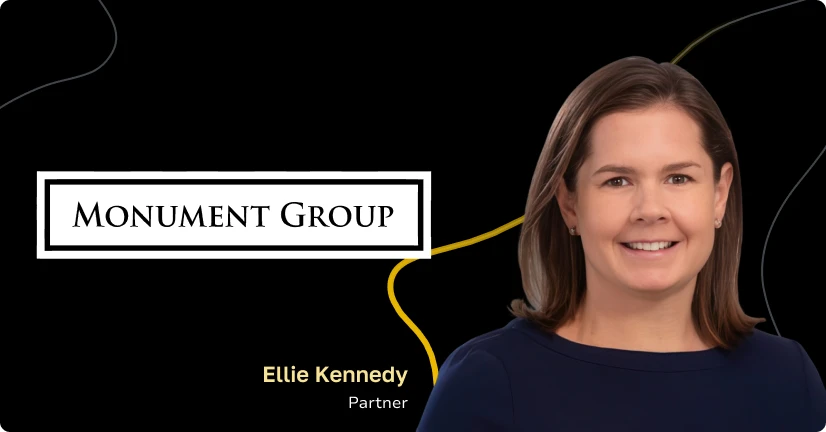According to Bain & Co., the number of deals executed in 2020 was down by approximately 1,000 as compared to numbers from prior years. In 2021, the number of deals was still down, but the total investment value increased due to transactions having larger values. The first six months of 2022 closely resembled the record-breaking performance of 2021, but pipelines started slowing after the Federal Reserve rate hike in June 2022. Raising concerns of persistent inflation and a minor recession, this pause has continued into 2023 and will likely persist until macro factors stabilize.
What’s the takeaway for PE firms? Now is the time to implement operational efficiencies to find and close deals faster and smarter.
How do you do that? We explain below.
Proven Tactics for Improving Your Firm’s Performance
The last thing you want during challenging economic times is to find your firm grasping at straws as team members scramble to determine the actions or processes that will help you land much-needed large deals. You need to have a plan with proven tactics that you’re already executing before things go south.
Successful firms will tell you that these four best practices are essential:
- Hire and properly equip business development professionals. There’s plenty of data out there showing that growth investors with well-staffed deal sourcing teams almost always find themselves in the top quartile across stage, sector, etc. Of course, the people you add to your team must be smart, savvy, and eager to succeed. But they also need the right tools, including a PE-specific CRM like Altvia they can use to prioritize outreach activities, log proprietary information, set task reminders, etc.
- Leverage the latest data analytics technology. PE-focused solutions can turn data into easily digested visuals your team can use to target companies that fit your thesis. Spotting companies that are outperforming expectations before your competitors do is a great way to get ahead. You’ve got to have tools that enable you to “hear” the buzz a company is generating before others do. That gives you a head start in determining if they represent a valuable opportunity.
- Stay top-of-mind with business development reps. This doesn’t have to mean costly day-long, in-person meetings. Simply sending a weekly or monthly newsletter, calling to touch base, or connecting for a quick conversation at events you’re already planning to attend can be all that’s needed to remain on someone’s radar.
- Segment deals into tiers. Segmentation helps ensure that your team members spend the majority of their time on the most valuable deal opportunities. You’ll still want them to put some effort into deals at every level, but they’ve got to prioritize deals with higher upsides.
An added benefit of taking these steps is that it helps build your firm’s brand. And when people start recognizing your name, you’ll find that this recognition opens doors to opportunities that were previously closed. You’ve still got to close the deal, but getting your foot in the door is the first step.
Focusing on Deal Quality vs. Quantity
Many firms find that landing a big deal is more emotionally rewarding than landing 10 smaller deals that add up to the same total deal value. That’s not surprising. You get to know the people involved, and the resulting camaraderie adds to the sense of accomplishment.
And, as noted above, developing the ability to close more significant deals can be a lifesaver when something adversely affects the PE environment and the pool of smaller opportunities quickly dries up.If you’re not yet using purpose-built solutions like our AIM CRM, you owe it to your firm to check them out. Contact us today to request an informative demo.
Source: Bain & Co. Global Private Equity Report 2023




